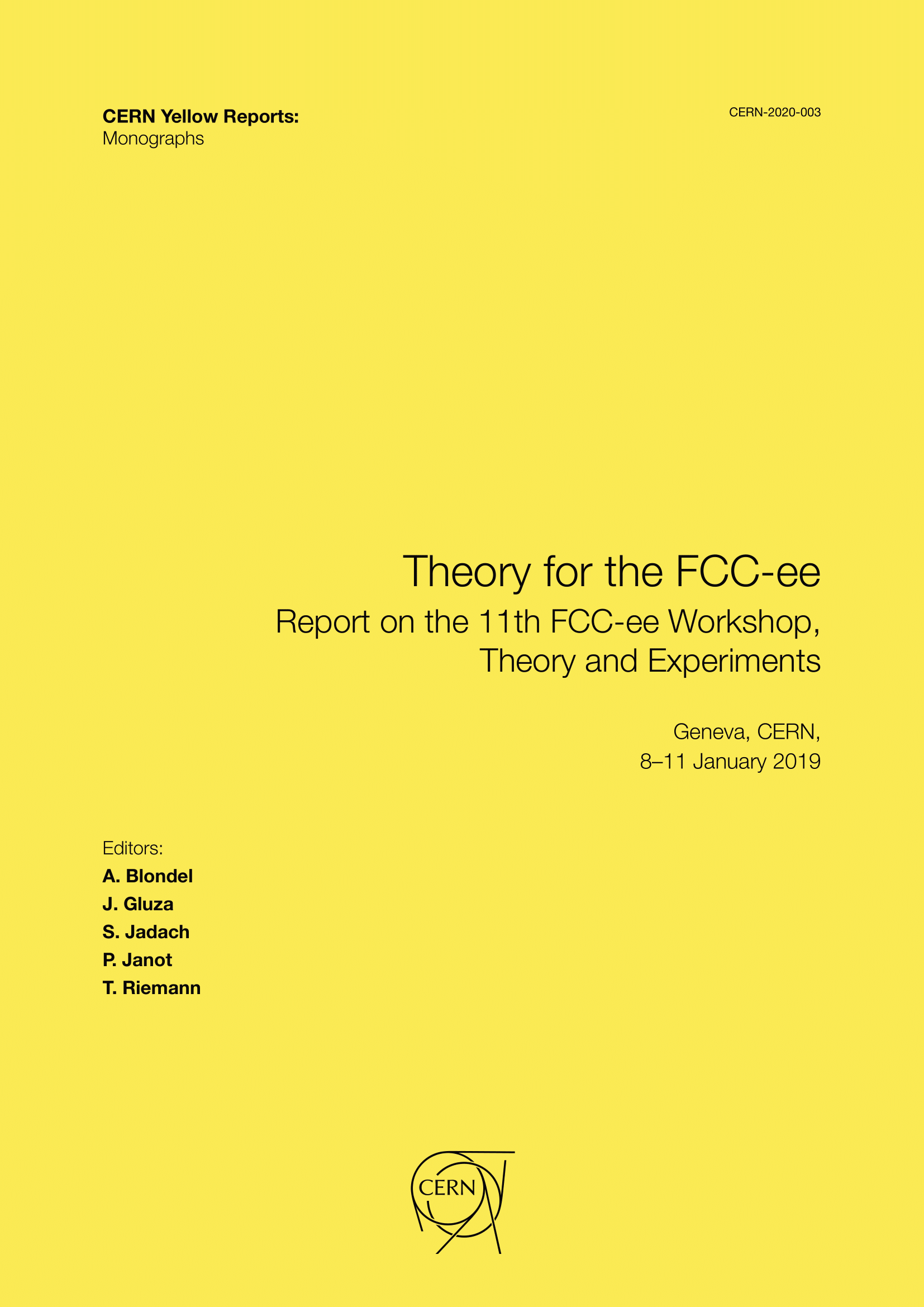Unsubtractions at NNLO
DOI:
https://doi.org/10.23731/CYRM-2020-003.169Abstract
Computations in perturbative quantum field theory (pQFT) feature several aspects that, although intrinsically non-physical, are traditionally successfully eluded by modifying the dimen- sions of space–time. Closed loops in pQFT implicitly extrapolate the validity of the Standard Model (SM) to infinite energies—equivalent to zero distance—much above the Planck scale. We should expect this to be a legitimate procedure if the loop scattering amplitudes that contribute to the physical observables are either suppressed at very high energies, or if there is a way to suppress or renormalise their contribution in this limit. In gauge theories like QCD, massless particles can be emitted with zero energy, and pQFT treats the quantum state with N external partons as different from the quantum state with emission of extra massless particles at zero energy, while these two states are physically identical. In addition, partons can be emitted in exactly the same direction, or, in other words, at zero distance. All these unphysical features have a price and lead to the emergence of infinities in the four dimensions of space–time.
Downloads
Published
Issue
Section
License
Authors who publish with this publication agree to the following terms:
- CERN retains copyright and publishes the work licensed under the Creative Commons Attribution License 4.0 that allows others to share the work with an acknowledgement of the work's authorship and initial publication in this series.
- Authors are able to enter into separate, additional contractual arrangements for distribution of the published version of the work (e.g., post it to an institutional repository or publish it in a book), with an acknowledgement of its initial publication in this series.
- Authors are permitted and encouraged to post their work online (e.g., in institutional repositories or on their website) prior to and during the submission process, as it can lead to productive exchanges, as well as earlier and greater citation of published work (See The Effect of Open Access).

